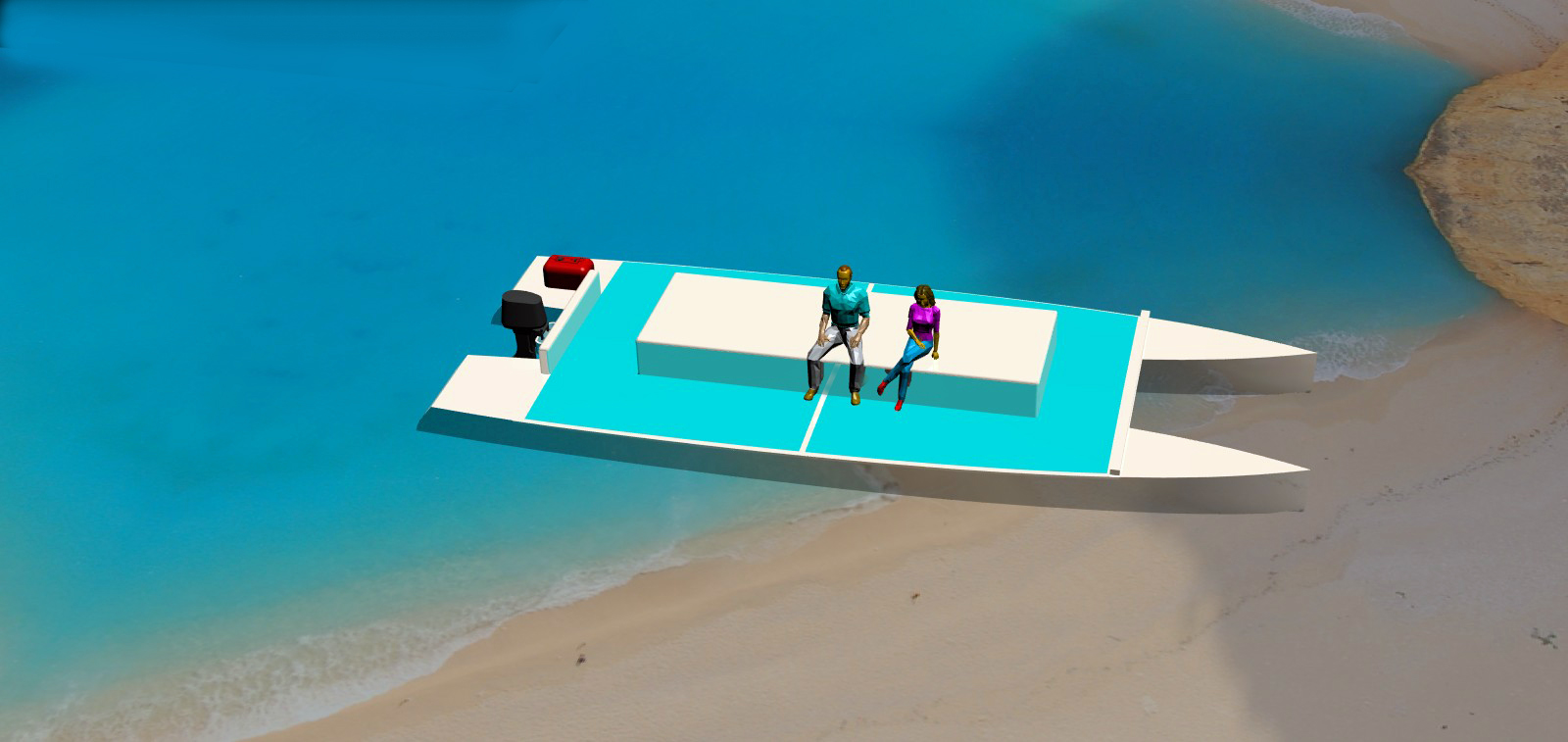My go-to guy at USCG MSC in Washington DC, Mark Ganulin retired. It seems that he didn’t train anyone nor leave any notes for the new staff on his way out the door.
This came into sharp focus last spring when I was submitting a tiny 27′ shore shuttle catamaran through MSC. There is a thing in the CFR 46 called 170.173. It states that no vessel may have its maximum transverse righting moment occurring at less than 15 degrees of heel.
A typical catamaran like I do or like Gold Coast does has that maximum righting occur at some 5 to 9 degrees, not 15. It was irrelevant to catamarans and Mark ignored it. It’s probably very important to single hulls, but not us. One could design a catamaran what would get it’s maximum righting at 15 degrees, but it would have to have deep V hulls right beside each other. No!
The new guys were adamant about it. We spent months wrangling. They stated that the only way forward was to show a hypothetical vessel that would comply, but they could not say what that vessel would be. Kevin, the builder, finally filled barrels with water on one side and got it that way.
The take-away lesson is that any of the settled USCG requirements that we thought we could depend on could be gone. They were like a terrier on a pantleg, even on something as ridiculous as 170.173. They are polite but seem to have no experience with boats whatsoever, and the force of law behind them.
In the past I could state that I would include compliance with published regulations in the CFR 46 with purchase of a plans set. I can no longer do that. They could latch onto anything and demand something never done before.
I will also have to sharply raise the cost of the plans of USCG certified designs.
Kurt: You’re misleading your readers. 170.173(c) was originally created for monohulls and, until 2007, was not applied to catamarans. In 2007, MSC was informed that they could no longer ignore any regulations and instead had to apply an equivalent level of safety addressing the intention of the regulation. As a result, they created a simple calculation for this equivalence showing that, although the angle of maximum righting arm was less than 15 degrees, there was still an adequate range of stability for the vessel; this is clearly explained in the Plan Review Guide for Sailing Catamarans available at the MSC website. It’s a simple calculation and takes no more than 10 minutes to do by hand, and can easily be programmed; there is a clear one-page example of the calculation available from MSC, which I know I have sent to you many times. I’ve personally explained the calculation to you at least 87 times since 2007, since you pretended to forget about it with each new project that you submitted. All plan reviewers in the Small Vessel Branch at MSC are aware of this policy and can easily provide designers with the example sheet and any further information. But I guess it’s probably easier for you to just continue bashing the Coast Guard, as you’ve done for the last 40 years.
Mark Ganulin
Staff Engineer (Retired)
USCG Marine Safety Center
on the last one I submitted they were unwilling to budge on the 15 degrees and we ended up having to use barrels of water.
Calc is easy as long as they accept it.
repeated yourself
Personally I did not find any qualified USCG ever. My life would be so much better without them.
wow, shouldn’t a competent marine architect be appointed to such a position? I guess the only new USCG compliant designs will be trimarans><?